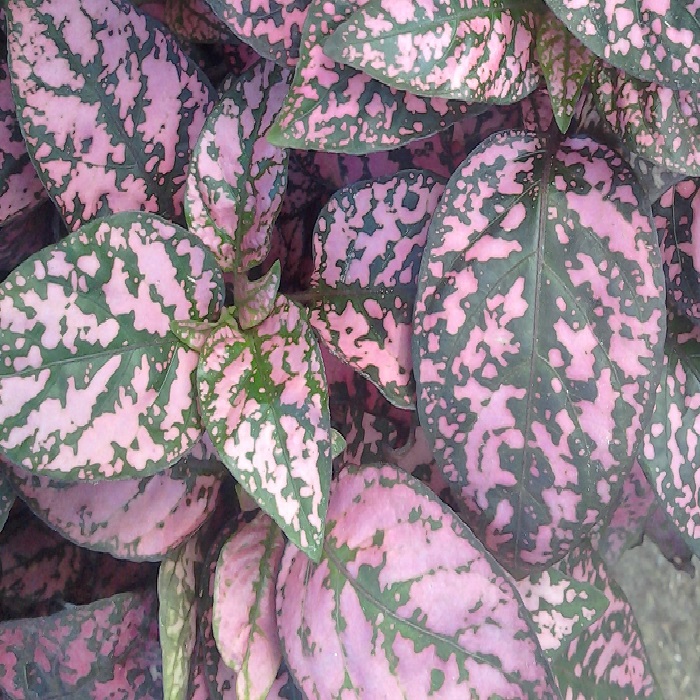UNITED STATES—So many annuals are actually perennials. They just get dug and replaced because they are not pretty enough during their off season. For warm season annuals, winter is the off season. For cool season annuals, summer is the off season. However, if left alone, many annuals that are actually perennials go dormant so that they can survive through their off season to regenerate and perform again for another season, or several seasons.
Cyclamen and various primroses are cool season annuals that are in season now. Cyclamen will go dormant and defoliate as the weather gets warm in the summer. Primroses do not defoliate, but get rather runty through warm weather. If planted with other light duty warm season perennials that take over for them, no one notices. For example, primroses are colorful enough now to distract from tired fleabane. By the time primroses fade, the fleabane takes over.
Chrysanthemums are among the flashiest of perennial annuals, but also have a short season. They typically get planted while blooming in autumn, but finish their bloom cycle before winter. After all the rain and cool weather . . . and then a bit of warm weather, some are already dying back to the ground; but closer examination might reveal new growth already emerging from the roots!
Nasturtiums can obscure regenerating chrysanthemums nicely. If the frost sets them back, they recover quickly. They will bloom more colorfully by spring, and continue until summer gets too warm. By that time, the chrysanthemums should be filling out nicely to bloom by autumn. As the chrysanthemums finish, the nasturtiums will have sown their seeds, so that the process can start over again. Neither chrysanthemum nor nasturtium need to be removed while out of season. They only need to be pruned back and groomed accordingly.
Coleus, impatiens, fibrous begonias and maybe even polka dot plant that were only moderately damaged by frost might be salvageable if they can stay put long enough. That is the advantage of growing them in pots with other small perennials that will cover for them when they die back or need to be pruned back.
Highlight: polka dot plant
Of all the tender perennials, polka dot plant, Hypoestes phyllostachya, is one of the lesser likely to survive winter outside, even if sheltered from the cold. Yet, it is actually becoming more popular as a warm season foliage plant for pots of small mixed perennials. It is a delightful small houseplant, either alone or as an understory plant to larger houseplants like ficus. As an understory plant, It is easier to work with if grown separately in small pots that can get nestled into moss on top of the soil of the larger plants. If it has a problem, it can easily be replaced or removed.
The foliage typically has so many pink spots that less than half of the foliar surface area is green. Some have white or darker reddish pink spots. The bloom is not as interesting as the foliage, and is not often seen. Roots like rich and evenly moist potting soil. The biggest plants are not much more than a foot high. Most stay less than half as tall. New plants are easy to propagate from cuttings. When things get warmer in spring, plants that have more stems than foliage can be cut back to regenerate.






